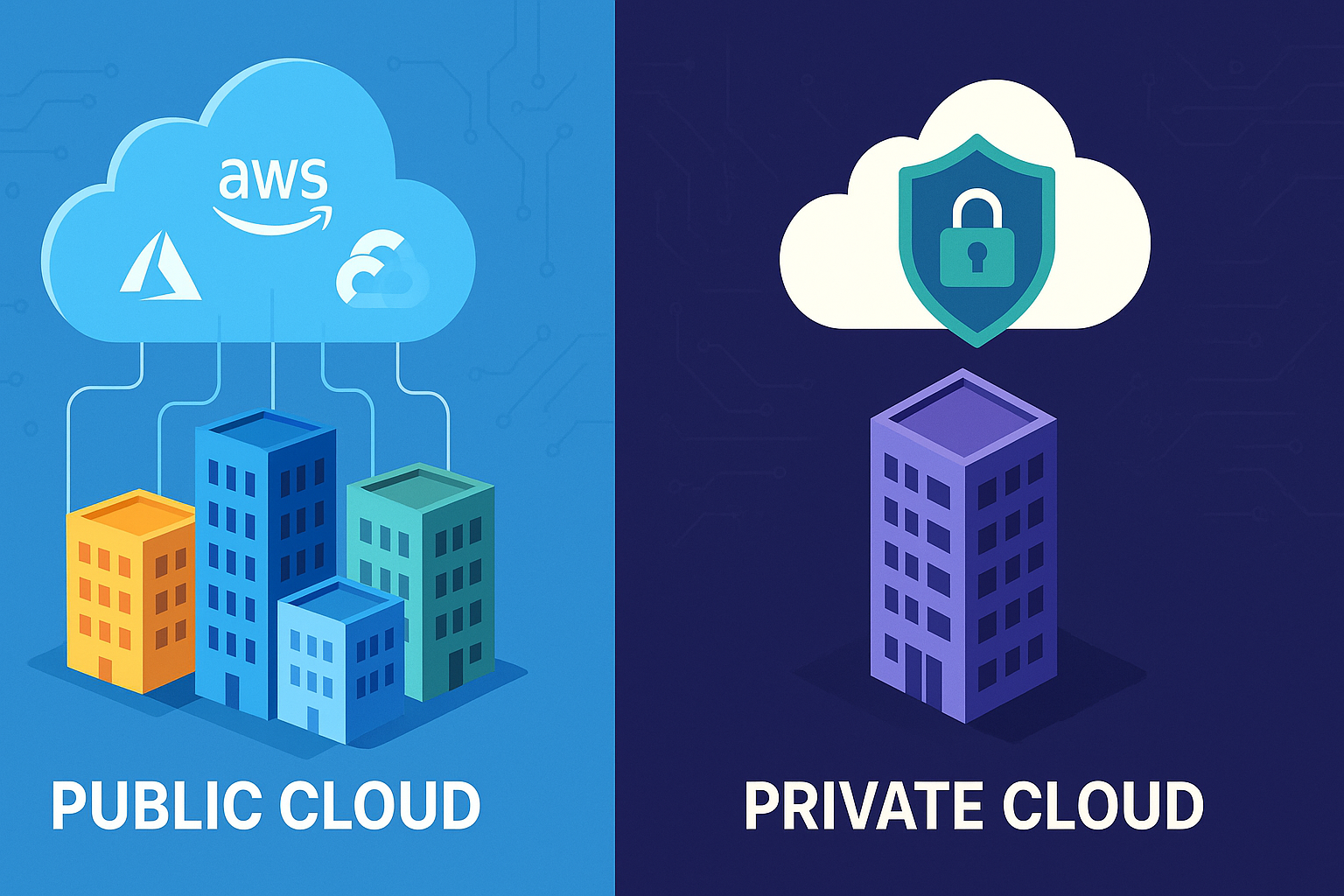
The Internet of Things (IoT) has transformed how we interact with technology, connecting everything from smart thermostats to industrial sensors. However, this interconnected ecosystem introduces significant security risks. IoT devices, often resource-constrained and deployed in diverse environments, are prime targets for cyberattacks. Implementing robust cybersecurity protocols for securing IoT devices is critical to safeguarding data, privacy, and operational integrity. This article explores the top cybersecurity protocols for securing IoT devices, offering actionable strategies to mitigate risks and enhance protection.
Understanding the Importance of Cybersecurity for IoT Devices
IoT devices are ubiquitous, with billions connected worldwide, from smart home gadgets to industrial control systems. Their proliferation increases the attack surface for cybercriminals, who exploit vulnerabilities to steal data, disrupt operations, or launch broader network attacks. Weak cybersecurity protocols for securing IoT devices can lead to severe consequences, including data breaches, financial losses, and compromised safety. For instance, a hacked smart camera could expose private footage, while an unsecured industrial IoT device might disrupt critical infrastructure.
The unique challenges of IoT security stem from limited processing power, outdated firmware, and inconsistent security standards across manufacturers. Addressing these requires tailored cybersecurity protocols for securing IoT devices that balance resource constraints with robust protection. By prioritizing security, organizations and individuals can prevent unauthorized access, ensure data integrity, and maintain trust in IoT ecosystems.
1. Device Authentication and Access Control
One of the foundational cybersecurity protocols for securing IoT devices is implementing strong device authentication and access control mechanisms. Authentication ensures that only authorized devices and users can interact with the IoT ecosystem, preventing unauthorized access.
Why Authentication Matters
Many IoT devices ship with default credentials, such as “admin/admin,” which are easily exploited. In 2016, the Mirai botnet exploited such vulnerabilities, compromising thousands of IoT devices to launch massive DDoS attacks. Robust authentication protocols, like multi-factor authentication (MFA) or certificate-based authentication, verify device and user identities, reducing the risk of unauthorized access.
Best Practices for Authentication
-
Replace Default Credentials: Always change default usernames and passwords during device setup. Use strong, unique passwords or passphrase-based systems.
-
Implement MFA: Where feasible, enable MFA to add an extra layer of security, requiring additional verification like a one-time code or biometric data.
-
Use Digital Certificates: Employ public key infrastructure (PKI) to issue digital certificates for device authentication, ensuring secure communication between devices.
-
Role-Based Access Control (RBAC): Limit access based on user or device roles, ensuring only necessary permissions are granted.
By enforcing strict authentication and access controls, organizations can significantly strengthen their cybersecurity protocols for securing IoT devices, mitigating risks of unauthorized intrusions.
2. End-to-End Encryption for Data Protection
Encryption is a cornerstone of cybersecurity protocols for securing IoT devices, protecting data as it travels between devices, networks, and the cloud. IoT devices often transmit sensitive information, such as health data from wearables or operational metrics from industrial sensors. Without encryption, this data is vulnerable to interception.
The Role of Encryption
End-to-end encryption ensures that data remains unreadable to unauthorized parties, even if intercepted. This is especially critical for IoT devices operating in public or unsecured networks, such as Wi-Fi in smart homes or 5G in industrial settings.
Implementing Encryption Protocols
-
Use Strong Encryption Standards: Adopt protocols like AES-256 for data at rest and TLS 1.3 for data in transit. These standards provide robust protection against eavesdropping and tampering.
-
Secure Key Management: Store encryption keys securely, using hardware security modules (HSMs) or trusted platform modules (TPMs) embedded in IoT devices.
-
Regular Key Rotation: Periodically update encryption keys to minimize the risk of key compromise.
-
Encrypt All Communication Channels: Ensure all device-to-device, device-to-cloud, and device-to-server communications are encrypted to prevent man-in-the-middle attacks.
By integrating encryption into cybersecurity protocols for securing IoT devices, organizations can protect sensitive data and maintain user trust, even in complex IoT ecosystems.
3. Regular Firmware Updates and Patch Management
IoT devices often run on firmware that, if outdated, can harbor vulnerabilities. Regular firmware updates and patch management are essential cybersecurity protocols for securing IoT devices, addressing known exploits and improving device resilience.
The Risks of Outdated Firmware
Unpatched devices are low-hanging fruit for attackers. For example, a 2020 study revealed that 83% of IoT devices in enterprise settings had outdated firmware, exposing them to known vulnerabilities. Without updates, devices remain susceptible to exploits that could compromise entire networks.
Strategies for Effective Patch Management
-
Automate Updates: Enable over-the-air (OTA) updates to streamline firmware upgrades without manual intervention.
-
Verify Update Integrity: Use cryptographic signatures to ensure firmware updates are authentic and untampered.
-
Monitor Vendor Updates: Stay informed about manufacturer patches and security advisories to address vulnerabilities promptly.
-
Test Before Deployment: In critical systems, test updates in a sandbox environment to avoid disruptions caused by faulty patches.
By prioritizing firmware updates, organizations can close security gaps, making patch management a proactive component of cybersecurity protocols for securing IoT devices.
4. Network Segmentation and Firewalls
Network segmentation and firewalls are critical cybersecurity protocols for securing IoT devices, isolating devices to limit the spread of attacks and control traffic flow. IoT devices often operate in shared networks, increasing the risk of lateral movement by attackers.
Why Network Segmentation Matters
A compromised IoT device can serve as an entry point to a broader network. For instance, a hacked smart thermostat could allow attackers to access corporate systems if not properly isolated. Segmentation ensures that even if one device is breached, the attack is contained.
Implementing Segmentation and Firewalls
-
Create VLANs: Use virtual local area networks (VLANs) to separate IoT devices from critical systems, reducing the attack surface.
-
Deploy Firewalls: Configure firewalls to filter traffic to and from IoT devices, blocking unauthorized access and suspicious activity.
-
Use Intrusion Detection Systems (IDS): Monitor network traffic for anomalies that could indicate a breach or malware activity.
-
Restrict Outbound Traffic: Limit IoT devices to communicate only with necessary servers, preventing them from being used in botnets or data exfiltration.
Network segmentation and firewalls enhance cybersecurity protocols for securing IoT devices by creating barriers that limit the impact of potential breaches.
5. Secure Device Provisioning and Lifecycle Management
Secure device provisioning and lifecycle management are often overlooked but vital cybersecurity protocols for securing IoT devices. These protocols ensure devices are securely integrated into networks and decommissioned safely when no longer in use.
The Importance of Secure Provisioning
Improperly configured devices can introduce vulnerabilities from the moment they’re deployed. Secure provisioning establishes a trusted foundation, while lifecycle management ensures ongoing security throughout a device’s operational life.
Best Practices for Provisioning and Lifecycle Management
-
Secure Boot: Implement secure boot processes to ensure only trusted firmware and software run on IoT devices.
-
Device Identity Management: Assign unique identifiers to each device, enabling tracking and monitoring throughout its lifecycle.
-
Decommissioning Protocols: Securely wipe data and revoke credentials when retiring IoT devices to prevent unauthorized reuse.
-
Continuous Monitoring: Use IoT security platforms to monitor device health, detect anomalies, and ensure compliance with security policies.
By embedding secure provisioning and lifecycle management into cybersecurity protocols for securing IoT devices, organizations can maintain control over their IoT ecosystems from deployment to retirement.
6. Implementing Behavioral Anomaly Detection
Behavioral anomaly detection leverages artificial intelligence and machine learning to identify unusual activity, making it a forward-thinking addition to cybersecurity protocols for securing IoT devices. This approach is particularly effective for detecting zero-day attacks or insider threats.
How Anomaly Detection Works
IoT devices typically follow predictable patterns. Anomaly detection systems establish a baseline of normal behavior and flag deviations, such as unusual data transfers or unexpected connections.
Deploying Anomaly Detection
-
Use AI-Powered Tools: Deploy machine learning models to analyze device behavior in real-time, identifying potential threats.
-
Integrate with SIEM Systems: Combine anomaly detection with Security Information and Event Management (SIEM) systems for comprehensive threat visibility.
-
Set Thresholds: Configure alerts for specific anomalies, such as a smart sensor sending excessive data, which could indicate a compromise.
-
Regularly Update Models: Retrain AI models to adapt to evolving device behaviors and new threats.
By incorporating behavioral anomaly detection, organizations can proactively strengthen their cybersecurity protocols for securing IoT devices, catching threats that traditional methods might miss.
7. Educating Users and Stakeholders
No set of cybersecurity protocols for securing IoT devices is complete without addressing the human element. User awareness and training are critical to preventing security lapses caused by human error.
The Human Factor in IoT Security
Many breaches occur due to misconfigurations or phishing attacks targeting users. Educating stakeholders—whether employees, consumers, or IT teams—ensures they understand their role in maintaining IoT security.
Effective Training Strategies
-
Regular Security Training: Conduct workshops on recognizing phishing, securing devices, and following best practices.
-
Clear Documentation: Provide user-friendly guides for configuring and updating IoT devices securely.
-
Simulate Attacks: Use simulated phishing or social engineering exercises to test and improve user vigilance.
-
Promote a Security Culture: Encourage reporting of suspicious activity and foster accountability across teams.
By prioritizing education, organizations can empower users to contribute to robust cybersecurity protocols for securing IoT devices.
Conclusion
Securing IoT devices is a multifaceted challenge that demands comprehensive cybersecurity protocols for securing IoT devices. From strong authentication and encryption to network segmentation, regular updates, and anomaly detection, each protocol plays a vital role in protecting IoT ecosystems. By combining these technical measures with user education, organizations and individuals can mitigate risks, safeguard sensitive data, and ensure the reliability of IoT devices. As the IoT landscape continues to evolve, staying proactive with these cybersecurity protocols for securing IoT devices will be essential to maintaining a secure and resilient digital environment.











